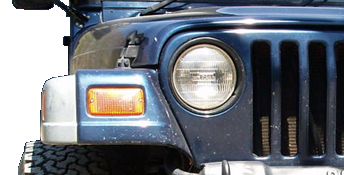CThurmond
Well-Known Member
- Joined
- Aug 6, 2010
- Location
- china grove nc
Got a new welder and got it dialed in to how I am liking it.
Here is a few welds from a set of stools I'm making for my porch, any advice on how to make the welds better would be appreciated.
Using a lincoln 180 with .030 wire with gas.
I pulled all the welds on these.
Thanks,







Sent from my SM-G960U using Tapatalk
Here is a few welds from a set of stools I'm making for my porch, any advice on how to make the welds better would be appreciated.
Using a lincoln 180 with .030 wire with gas.
I pulled all the welds on these.
Thanks,







Sent from my SM-G960U using Tapatalk









